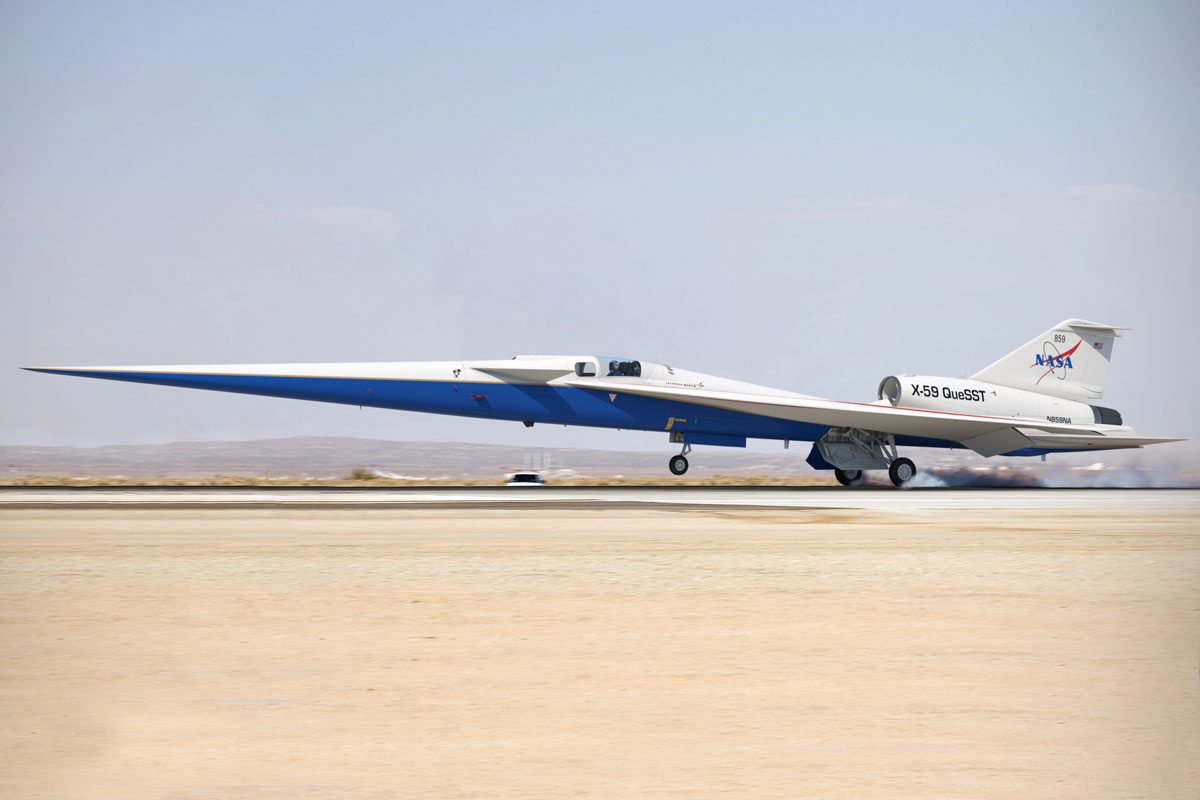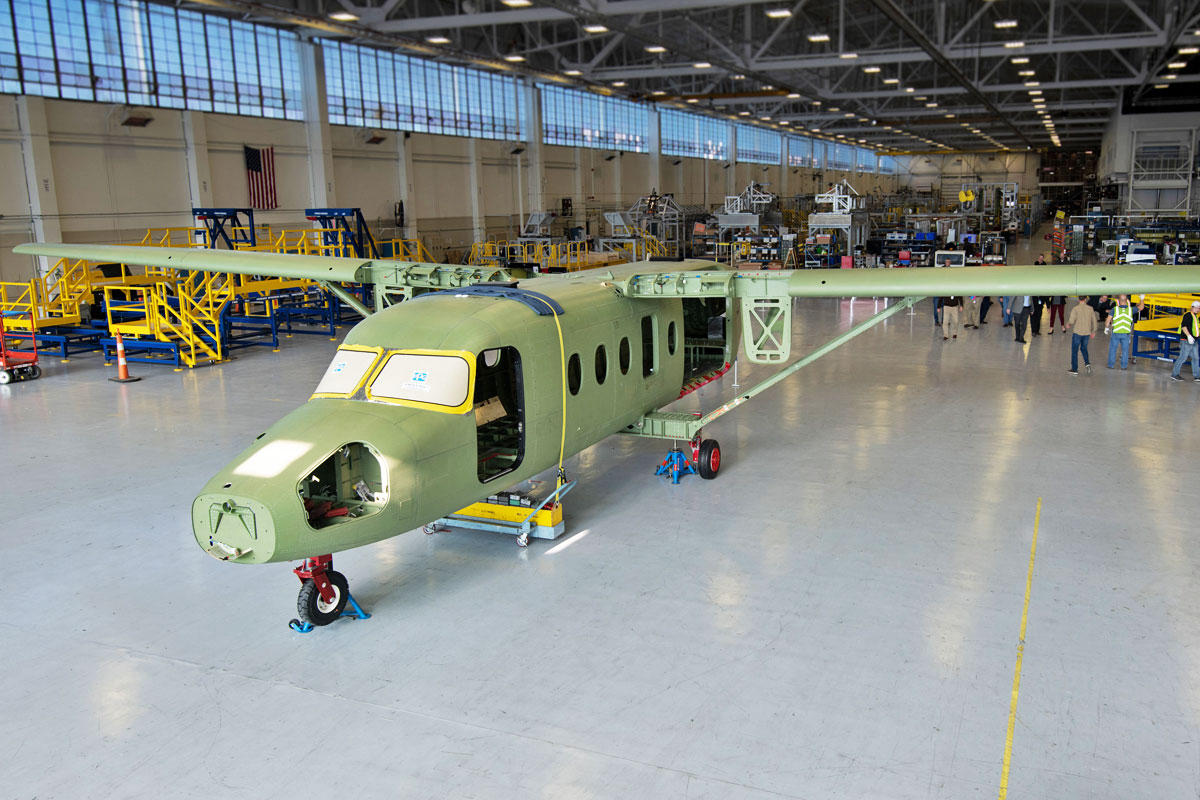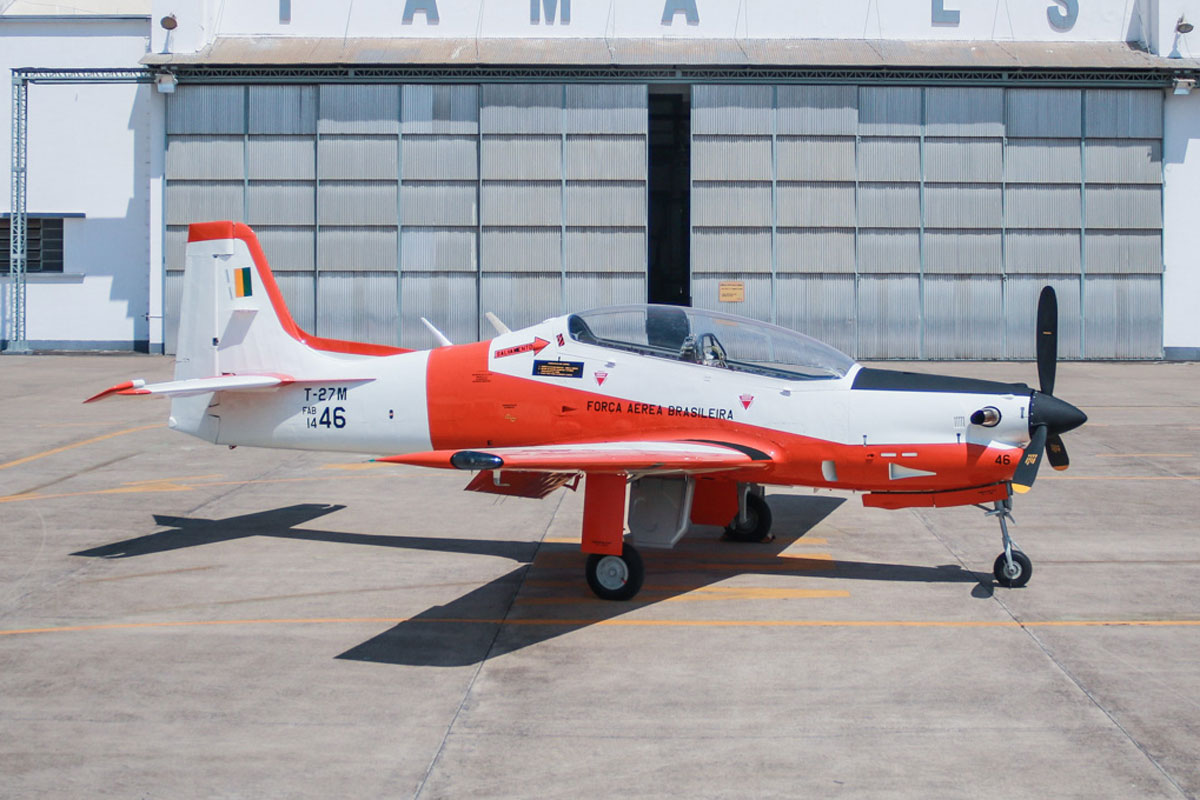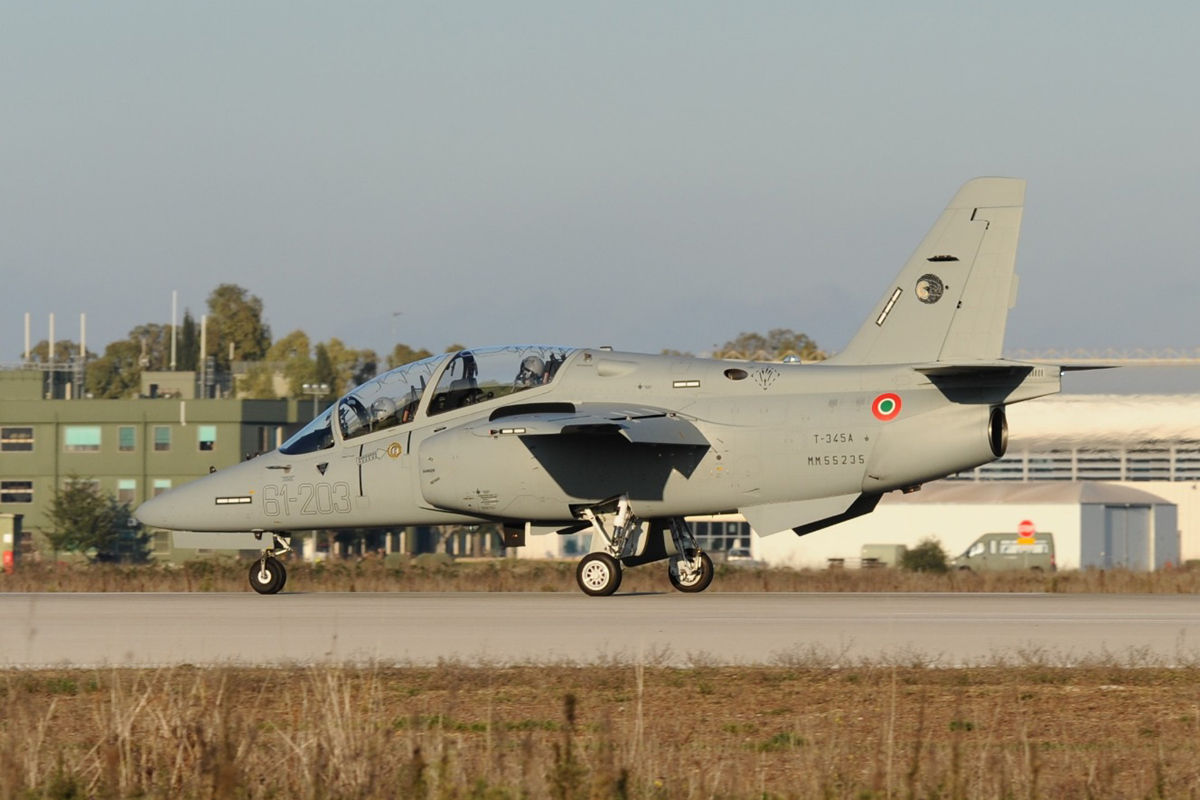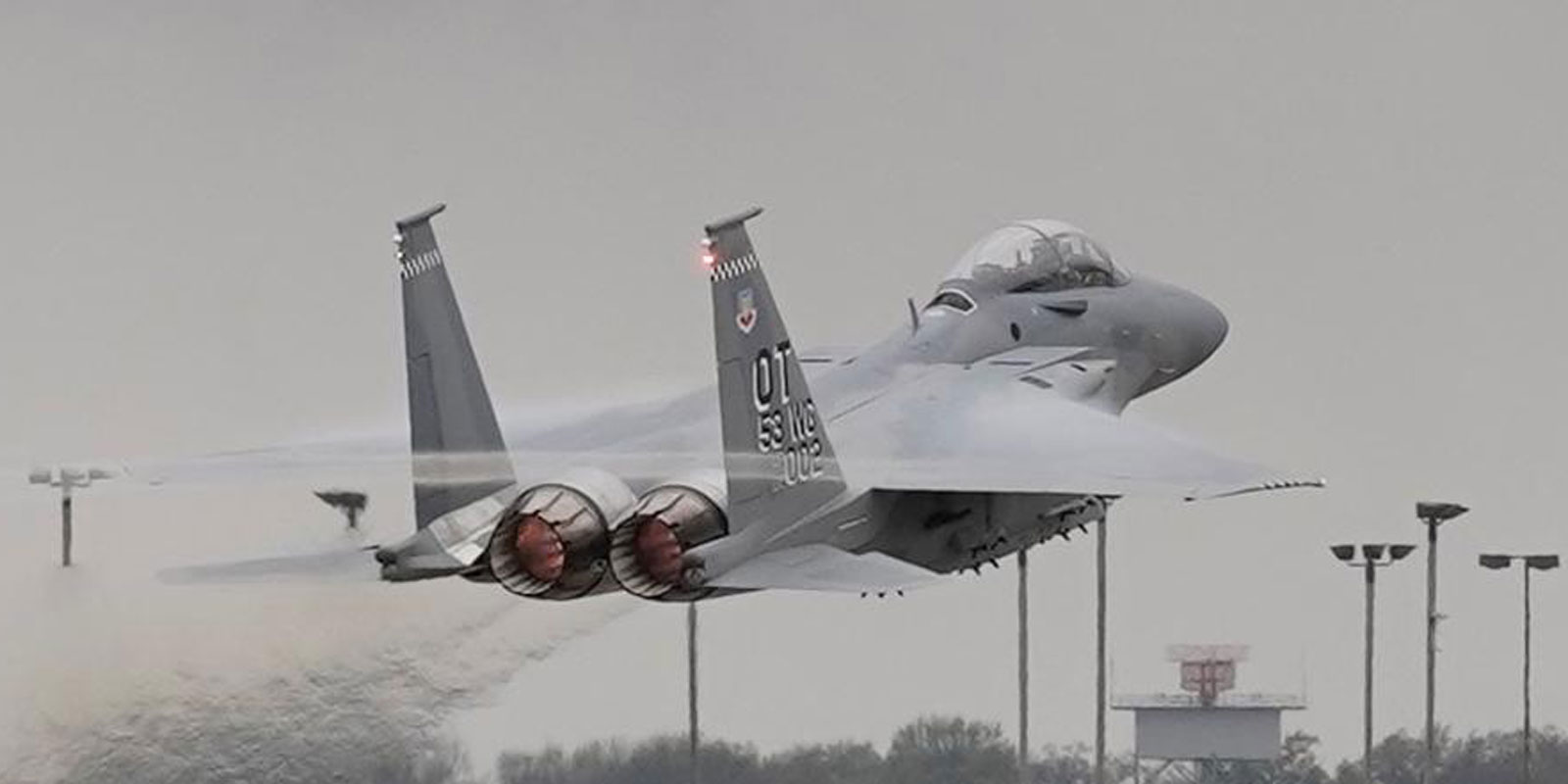Embraer and the Brazilian Air Force (FAB) signed a Memorandum of Understanding on Thursday to develop an unprecedented light military transport aircraft capable of operating in remote regions without adequate infrastructure. The agreement follows the mold of the partnership that gave rise to the KC-390 and also recalls the origin of Embraer itself 50 years ago with the design of the Bandeirante turboprop which is still used by the FAB.
“We are confident that the expertise of the Brazilian Air Force will help us establish the most appropriate requirements for this study, resulting in an extremely capable aircraft,” said Jackson Schneider, President and CEO of Embraer Defense & Security.
“The purpose of this memorandum is to formalize Embraer’s intention to develop a light transport aircraft to carry cargo and personnel. The Brazilian Air Force participation is mainly with regard to sharing expertise, based on projects that Embraer and the Brazilian Air Force have already developed in partnership, to meet the Air Force’s needs over time, ”said Lieutenant-Brigadier Antonio Carlos Moretti Bermudez, Brazilian Air Force Commander
Hybrid propulsion
Embraer and FAB’s intention is to evaluate different system architectures as well as consider hybrid electric propulsion as an alternative to the new aircraft. For the air force, the project must meet requirements such as operating on short, narrow unpaved runways. It will also have to be a very versatile aircraft capable of carrying cargo and passengers in jungle areas, with sufficient range to serve South America’s major airports, skydiving, pallet extraction and medical transportation.
The FAB also revealed some desired features such as the ability to take off with a maximum payload of at least 3,000 kg on runways of up to 1,200 meters, and to operate in the Amazonian environment, ie at elevated temperatures and at sea level.
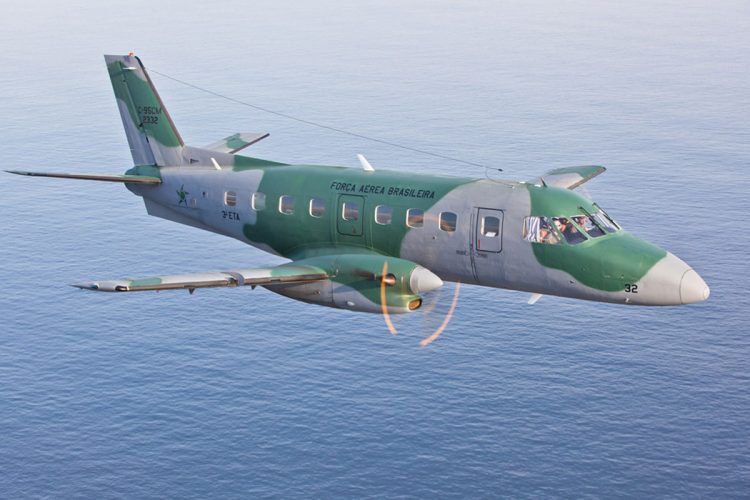
Back to the turboprop
Although without great details, the FAB’s description points to an aircraft that does not currently exist in its inventory. The C-95 is about half of its intended capacity while the C-295 is a much larger turboprop with a payload of 7,000 kg or more.
To meet the suggested requirements, the new Embraer aircraft should have a high wing and unpressurized fuselage, which would certainly eliminate the possibility of a project also aimed at the regional aviation market.
Interestingly, this hypothetical aircraft would have slightly smaller dimensions and capabilities than the EMB-120 Brasilia, the latest turboprop developed by the Brazilian manufacturer.
But the fact that it is not optimized for use on commercial flights does not mean that this study does not end up allowing Embraer to develop another larger, pressurized, passenger-carrying aircraft, as planemaker itself has been considering.
The deal with the FAB may have been the kick-off for Embraer’s stylish return to the turboprop market.


